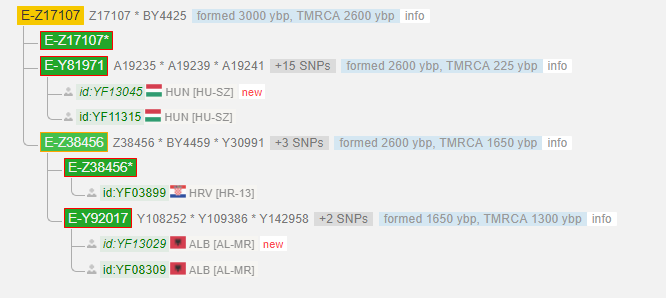The main issue that some people have with the standardized version is the neglect of the infinitive, which is a significant archaic feature lost in Tosk. From wiki:
"
Paskajorja – me + pjesorja e foljes (p.sh. me punue, me kallëzue). Kjo veçanti e gegërishtes përdoren në shumicën e gjuhës dhe zë vendin e mënyrës lidhore të gjuhës standarde në shumicën e rasteve. Mënyra lidhore që përdoret në standard lidhet me vetën dhe kohën (e tashme: p.sh. të punoj d.m.th. unë të punoj, të punosh d.m.th. ti të punosh etj., dhe e pakryer: të punoja, të punoje, etj.) ndërsa paskajorja e gegërishtes është gjithëpërfshirëse.
Shumë gjuhëtarë sot janë ithtarë të futjes së këtij lloji të paskajores në gjuhën standarde meqë një pjesë e madhe e shqiptarëve e përdorin në të folurën e përditshme. Këta gjuhëtare mendojnë se shqipja standarde do të ishte më e lehtë dhe me më shumë mundësi shprehëese e stilistike. Ky lloj i paskajores do të ofronte përkthime më adekuate në këtë rast: "To Be or Not To Be" (Shekspir: Hamleti, III-I). Shekspiri nuk thotë Ti, të jesh apo të mos jesh, por thotë, pa iu drejtuar asnjë vete, as të dytës, as të tretës: “Me qenë a mos me qenë” (ose në variante më të skajshme: "me kânë a mos ke kânë"). Ndërkaq, një përkthim i tipit "për të qenë apo për të mos qenë" nuk tingëllon shqip."



